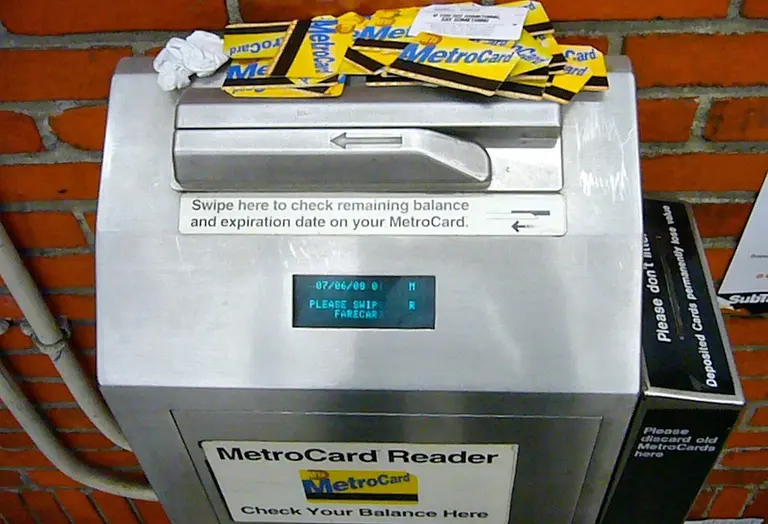
Cubic MTA payment system. Rendering courtesy of Cubic Corporation.
MTA approves $574M MetroCard-replacing e-readers; new video and renderings
See the new fare payment system in action

Cubic MTA payment system. Rendering courtesy of Cubic Corporation.

Photo courtesy of Roman Kruglov on Flickr

Photo of the L-train via Wikimedia

Image: Phil Hollenback via Flickr.

Subway booth at the Columbus Circle station, via Wiki Commons

Image: Phil Hollenback via Flickr.

Updated interior of E train, photo via MTA on Flickr

Digital screen rendering, courtesy MTA’s flickr

Maps via The Guardian

Photo courtesy of Roman Kruglov on Flickr

Photo courtesy of Roman Kruglov’s Flickr

Graphic via Citymapper

Photo via Lucas Klappas on Flickr

Photo © Governor Andrew Cuomo/Flickr

Sketch of 59th Street-Columbus Circle via Candy Chan

Image Public Domain